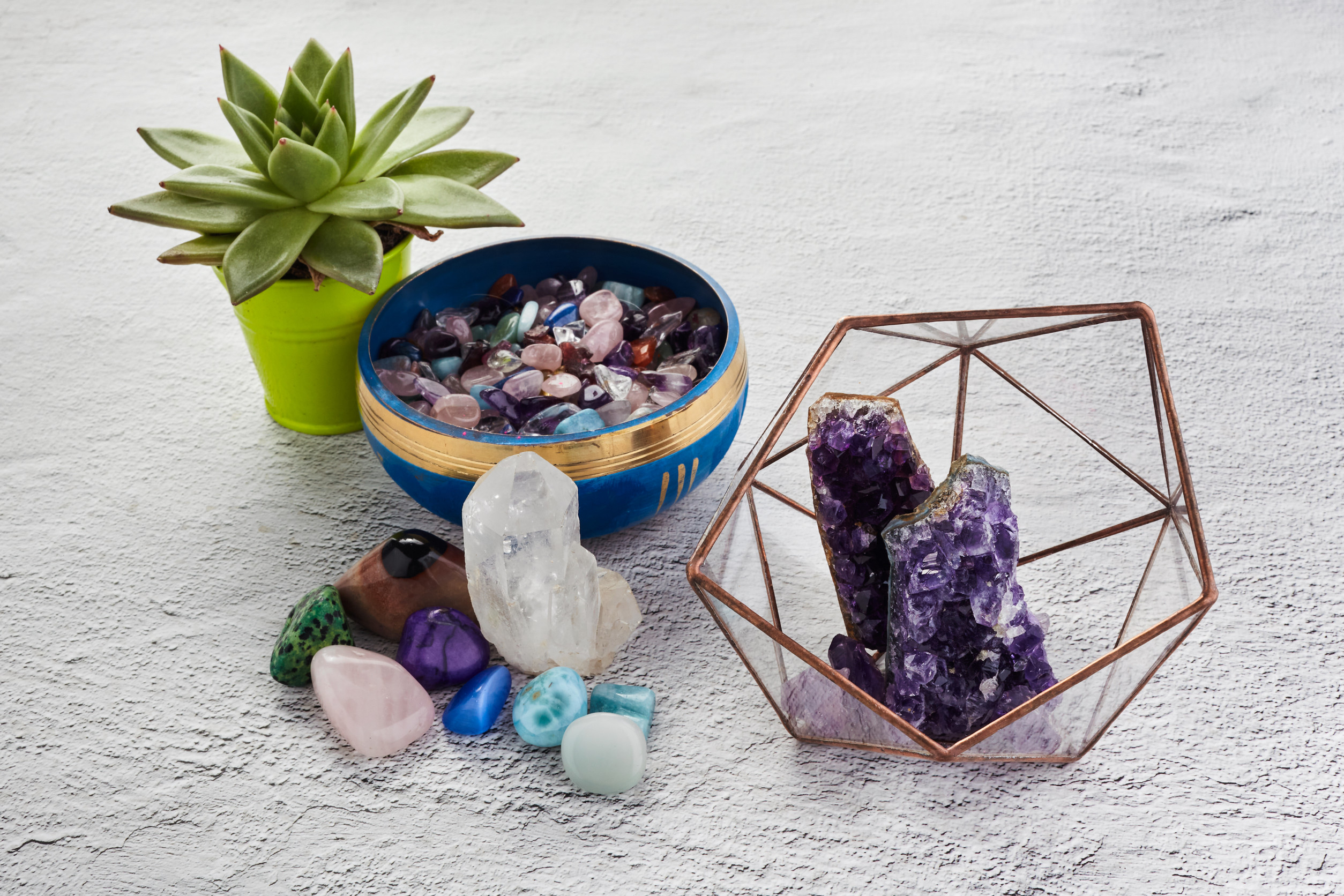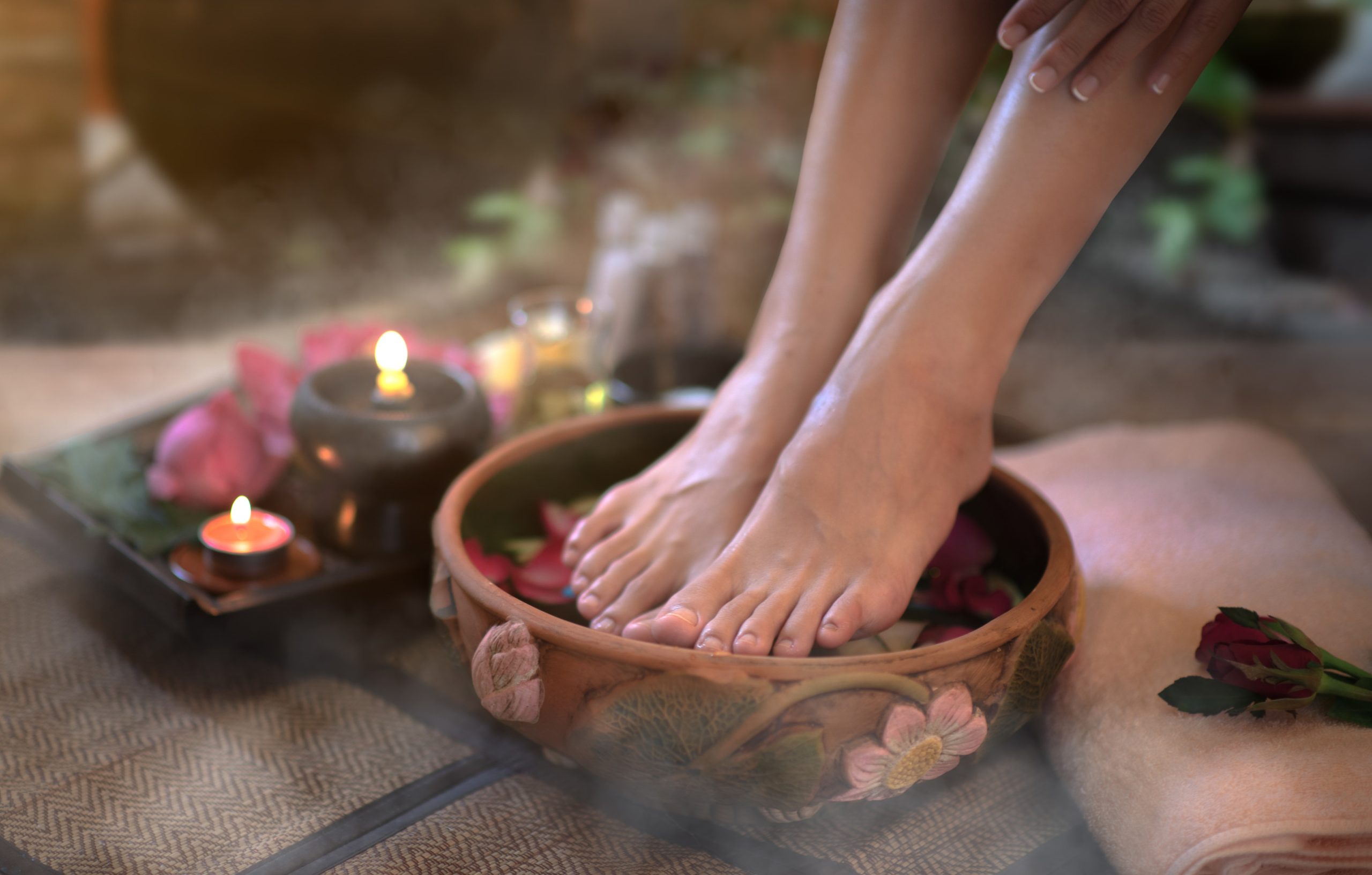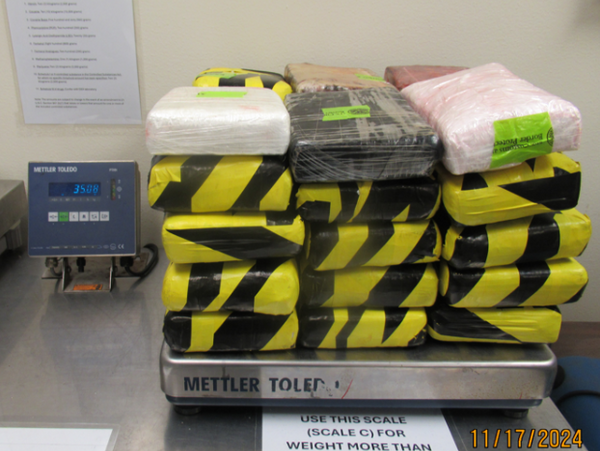
In a world where self-care, wellness, and mental health have finally stepped into the spotlight, a booming industry has emerged—one that promises quick fixes and miracle cures for problems that often require genuine medical or psychological care. The promise of relief, healing, and transformation is irresistible, especially when it comes in a neatly packaged session or an alluring ad on social media.
Unfortunately, some of these therapies have been thoroughly discredited by science, yet they continue to flourish in spa brochures, alternative health centers, and influencers’ feeds. These practices survive because hope can be more powerful than evidence, and the allure of an easy solution often outweighs the desire to check the facts.
1. Crystal Healing
Crystal healing claims to harness the supposed energy of stones to cleanse the aura, balance chakras, and bring about emotional or physical healing. Despite centuries of mystical tradition, there is no credible scientific evidence that crystals do anything beyond providing a placebo effect. Studies have shown that any benefits people feel from crystals are likely the result of their own beliefs and expectations rather than any inherent power within the stones.
The continued popularity of crystal shops and Instagram-ready gem displays speaks to the enduring hope that beautiful rocks can solve complex problems. Consumers are urged to remember that real healing rarely comes in the form of shiny objects.
2. Ear Candling
Ear candling is marketed as an ancient technique that draws out earwax and toxins through the warmth of a hollow candle inserted into the ear canal. Modern science has repeatedly demonstrated that this practice not only fails to remove earwax but also carries risks like burns, blockages, and even punctured eardrums. Medical experts strongly advise against ear candling, yet wellness spas still offer it as a detox treatment. Its appeal endures because people love the idea of pulling hidden gunk out of their bodies in a single, dramatic session. In reality, the only thing ear candling reliably produces is the residue from the candle itself.
3. Colon Cleansing
Colon cleansing promises to flush out toxins and waste that supposedly accumulate in the intestines, contributing to everything from fatigue to weight gain. Proponents claim that enemas and herbal irrigations promote gut health, but scientific reviews find no proof that the colon needs help cleaning itself beyond normal bodily functions. More concerning are the risks, which range from dehydration to infections and bowel perforations. Medical professionals maintain that the colon is perfectly capable of managing its own upkeep without invasive interventions. Yet, detox clinics and alternative practitioners continue to push colon cleanses as the path to purity and energy.
4. Cupping Therapy
Cupping therapy gained a wave of modern popularity thanks to athletes and celebrities showing off the distinctive circular bruises as evidence of supposed toxin removal and muscle recovery. Practitioners assert that the suction improves blood flow and relieves pain, but controlled studies have found no strong evidence to support these claims beyond a placebo response. The marks left behind are often mistaken for proof of effectiveness rather than simple skin trauma. Despite its lack of proven benefit, cupping remains a mainstay in alternative wellness, particularly among those seeking a traditional twist on sports recovery. The therapy’s dramatic visuals help it stay in the public eye, even as science shrugs.
5. Homeopathy
Homeopathy operates on the principle that “like cures like” and that substances diluted to near-nothingness can trigger the body’s self-healing. Multiple high-quality studies have found homeopathy’s effects to be indistinguishable from a placebo, and major scientific organizations have declared it ineffective. Still, homeopathic remedies line pharmacy shelves, marketed for everything from allergies to anxiety. Its survival is partly due to the natural and gentle image it projects, along with a distrust of pharmaceutical solutions. Consumers often overlook the fact that extreme dilution means there is often no active ingredient left at all.
6. Applied Kinesiology
Applied kinesiology claims to diagnose health problems by testing muscle strength while the patient holds certain substances or undergoes physical manipulation. Proponents argue that muscles weaken in response to negative stimuli, revealing hidden allergies or imbalances. Scientific studies, however, have repeatedly demonstrated that the technique lacks reliability and validity. Despite this, some chiropractors and alternative healers still use applied kinesiology to sell supplements and treatments. The practice endures because it offers an interactive, seemingly personalized experience that feels convincing in the moment.
7. Reiki
Reiki is often described as “energy healing,” with practitioners placing hands near or lightly on the body to channel universal life force energy to promote balance and wellness. While many people report feeling relaxed during Reiki sessions, scientific studies consistently show no measurable health benefits beyond the calming effect of lying still in a quiet setting. The practice persists in wellness centers, spas, and even some hospitals, bolstered by anecdotes rather than data. Its gentle, non-invasive approach makes it particularly appealing to those seeking peace without pharmaceuticals. The enduring popularity of Reiki reminds the world how strongly people desire human connection and ritual in the healing process.
8. Hypnotherapy for Memory Recovery
Hypnotherapy can be helpful for relaxation and behavior change, but when used to recover repressed memories, it becomes highly controversial and potentially damaging. Research shows that hypnosis can create false memories rather than retrieve hidden truths, which has led to serious consequences, including wrongful convictions and family rifts.
Many mental health professionals warn against using hypnosis for this purpose, yet some practitioners still promise to unlock buried traumas. The allure comes from the belief that every problem must have a hidden root that, if uncovered, will provide instant clarity and healing. Unfortunately, the mind does not work as simply or dramatically as a staged hypnosis show suggests.
9. Detox Foot Baths
Detox foot baths claim to pull heavy metals and toxins out of the body through the soles of the feet, visibly turning the water murky as alleged proof of cleansing. Independent tests have shown that the color change is due to the rusting of the metal electrodes in the device, not toxins escaping the body. The human liver and kidneys are far more efficient detoxifiers than any bubbling foot tub could hope to be. Nevertheless, the dramatic visual of dirty water keeps people coming back for repeat sessions. The desire to literally watch toxins leave the body is so compelling that evidence is often ignored.

Don’t Use Debunked Science
The persistence of these debunked therapies shows how easily hope and clever marketing can overshadow solid evidence. It is tempting to believe in quick fixes and ancient secrets, especially when faced with complex health issues or emotional struggles. While some of these practices offer harmless comfort or a moment of relaxation, they can also distract from treatments that truly work.
Being an informed consumer means looking past the beautiful packaging and celebrity endorsements to ask what the science actually says. What other wellness trends do you think deserve a closer look? Share your thoughts in the comments below.
Read More
10 Things Parents Do That Push Their Children Into Therapy
7 Disturbing Truths About the History of Electroshock Therapy
The post 9 Therapies That Have Been Debunked But Still Advertised appeared first on Everybody Loves Your Money.







